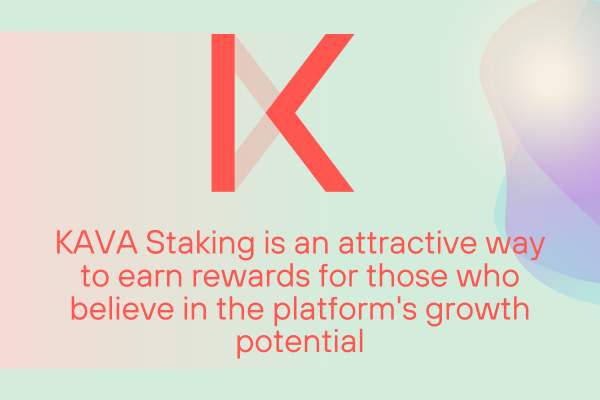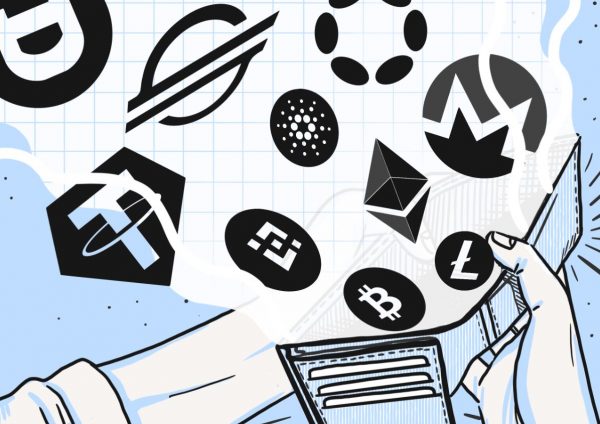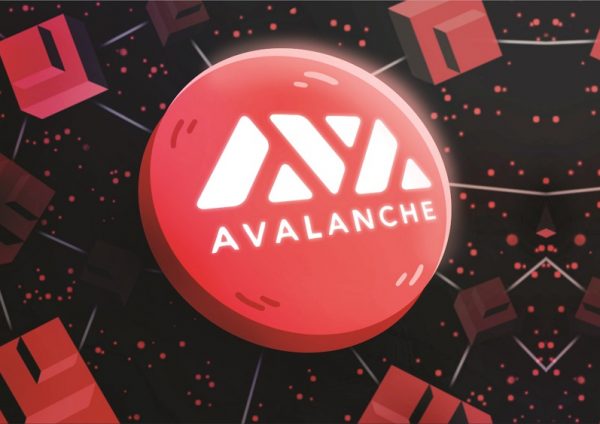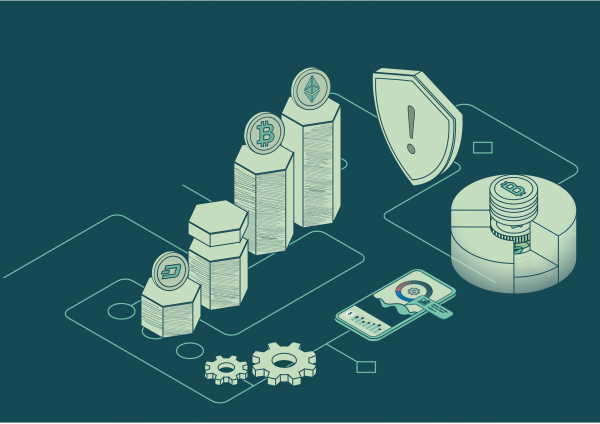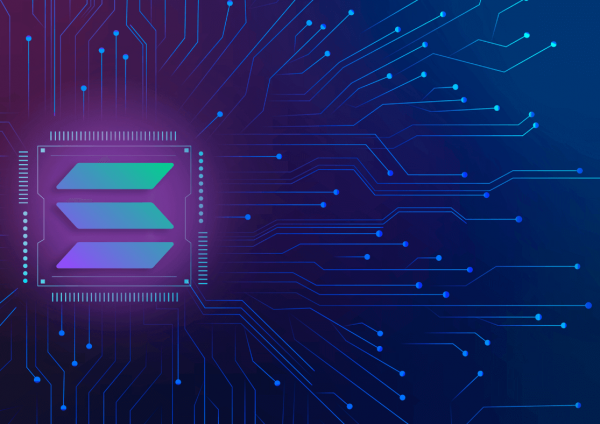KAVA Staking: Assessing its Viability 2026
The decision to stake KAVA depends on individual investment goals, risk tolerance, crypto investment strategies, and long-term outlook for the cryptocurrency.
KAVA Staking can be attractive for those who believe in the platform’s growth potential, and it’s a fantastic way to earn rewards. There are several options to choose from based on your preferences and risk tolerance.
KAVA stake involves locking up KAVA cryptocurrency tokens in a wallet to support the security and operation of the KAVA blockchain network. In return, participants receive rewards for their contribution to network consensus and security.
✅ As of September 13th, 2023, the estimated reward rate for Kava is currently 16.28%, which means that stakers holding an asset for 365 days earn an average of 16.28%.
The Kava ecosystem consists of the following components: Kava blockchain, KAVA token, Hard Protocol, Mint, Governance, Staking.
✅ Kava protocol relies on staking, not mining, to secure the network, supported by Cosmos, a Proof of Stake network.
KAVA’s integration with multiple blockchain networks enhances its versatility by enabling seamless interaction with various assets and storage options, such as Cosmos Station Wallet and Trust Wallet, providing users with a diverse and convenient ecosystem.
1. Exchanges: If you’re all about convenience, KAVA Crypto staking through exchanges is the way to go. Simply deposit your KAVA tokens, and the exchange will take care of the rest. You’ll start receiving KAVA staking rewards without having to worry about managing delegations.
Keep in mind that the expected payout can vary widely between 50% to 100% of rewards, depending on the exchange. However, do watch out for custodial risks since you won’t have control over your private keys.
2. Wallets: For a more hands-on approach, consider delegating your tokens to a validator using a non-custodial wallet. This means you keep control of your coins, and the validator cannot steal them just because you delegated to them.
However, there are risks involved, like slashing penalties for validator misbehavior. Liveness penalties are relatively small at 0.05%, but double signing penalties are much larger at 5.0%. Also, be aware that there’s a 21-day unbonding period for your staked assets.
3. Do It Yourself: Feeling adventurous and tech-savvy? Running your own staking node on KAVA is an option. By becoming a validator, you directly earn KAVA rewards from the protocol.
Keep in mind that this requires technical expertise and hardware, and you’ll also have a 21-day unbonding period for your staked assets. However, the expected payout can be 100% of the rewards, making it a rewarding choice for those up to the challenge.
Remember, staking KAVA can be a rewarding experience, but it’s essential to assess the risks and choose the option that aligns best with your goals and comfort level.
Kava Review
The Kava platform, using blockchain technology, provides decentralized financial (further referred as DeFi) services that are permissionless, borderless and censorship-resistant.
The main services include lending, borrowing and stablecoins, while operating the native cryptocurrency named KAVA.
Kava ecosystem is substituted of the following components:
⚫️ Kava Blockchain:
The blockchain network enables the aforementioned financial activities.
⚫️ KAVA token:
KAVA, the cryptocurrency of the platform, is used for governance, staking, and as collateral for loans.
⚫️ Hard Protocol:
A money market which allows its users to lend and borrow cryptocurrency.
⚫️ Mint (The Stablecoin System):
The system allows users to exchange KAVA tokens into mint USDX, a stablecoin that is pegged to USD.
⚫️ Governance:
Every token holder has the right to make decisions that may influence the Kava platform.
⚫️ Staking:
KAVA coin staking allows their holders to participate in the network’s security and consensus.
Strengths
Foremost, as Kava blockchain is integrated with other blockchain networks, the platform can interact with and leverage assets from different blockchains.
This feature allows users to access a broader range of assets in the Kava ecosystem, as well as it enables users to store their tokens not only in Kava Wallet but also with other cryptocurrencies, for example, in Cosmos Station Wallet, that is designed for Cosmos ecosystem, or Trust Wallet, that supports a wide range of blockchain networks including Kava.
When it comes to user experience and profiting, Kava provides the opportunity to stake KAVA tokens and earn rewards and this, potentially, can lead to earning passive income.
Weaknesses
Kava, despite being unique and beneficial, has some weaknesses. Like other cryptocurrencies, KAVA is dependent on the crypto market and can experience significant fluctuations that may lead to either great profit or a potential risk of financial loss.
Kava platform, although independent from traditional financial systems, is still reliant on the regulatory environment for cryptocurrencies which is constantly evolving, thus the changes in regulations may affect the use of KAVA.
Another possible drawback is the technology risk. Kava blockchain technology is innovative and it brings many benefits, however, the complex mechanism is also subject to technical vulnerabilities including smart contract bugs, security breaches or other technical issues that may cause financial losses for users or investors.
So, as it is with all cryptocurrencies and financial matters, it is important to evaluate the probable risks.
